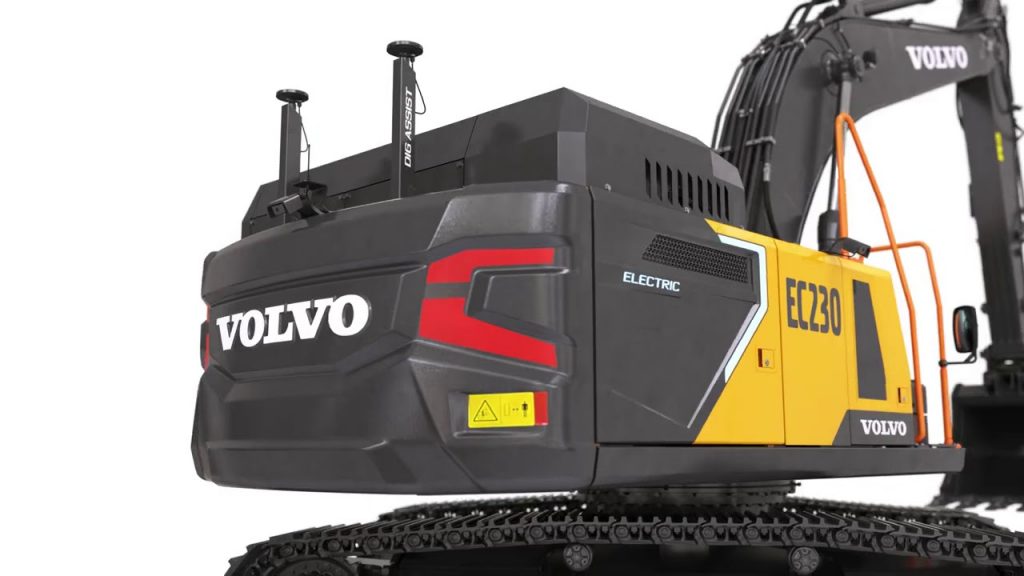volvo excavator electrical problems and solution with this article i’m going to present to you a list of the most common electrical problems on volvo excavators, together with possible causes, solutions, and details on how to solve them. the best way to describe this list is as a troubleshooting guide for your electric system.
Check the volvo excavator main electric lines
Check the volvo excavator electrical system.The electric system is a very important part in the Volvo excavator, which includes the starter, voltage regulator, generator, circuit breaker and other components. These components must be checked regularly to ensure good contact and normal operation.
Under normal circumstances, all electrical connections should be tight. Loose or oxidized connectors can cause erratic operation or failure of the device. Check all connections between the generator and battery and between the starter and battery. The wire connection should be insulated with rubber tape or plastic sheath.
Check whether there are cracks or corrosion on the battery cover. If so, it should be replaced immediately. Check if the electrolyte level is appropriate. If not, add distilled water to ensure that the plate is immersed in electrolyte at least two-thirds of its height. If the battery needs to be replaced, pay attention to selecting a battery that matches the electric power of Volvo excavators and has sufficient excess capacity for use in cold areas during winter operations.
The operation of various switches on the electrical control box should be checked regularly to ensure that they are flexible and reliable. When there is water ingress into the control box or when any part inside is damaged, it should be removed immediately for maintenance and replacement of defective.
Check all volvo excavator relays, fuses and earth wires
You will find volvo excavator relays, fuses and earth wires in most electrical systems. It is important to check all of these components regularly to ensure that they are working properly.
Volvo excavator relays, fuses and earth wires are designed to prevent excessive heat from damaging sensitive electronic equipment. They are used in a variety of applications including car engines, industrial machinery and computer components such as hard drives. Volvo excavator relays and fuses are designed to protect against voltage overloads by blowing when the current exceeds a certain level. This allows the rest of the circuit to continue operating normally even though one component has failed.
Volvo excavator relays and fuses can be found in most electrical systems. They are an important part of any circuit and should always be checked for proper operation before using your equipment or vehicle.
Check volvo excavator switches, potentiometer and all sensors
Volvo excavator switches potentiometer and all sensors, including the Volvo excavator engine oil pressure sensor, fuel level sensor, oil temperature sensor, coolant temperature sensor, intake air pressure sensor, throttle position sensor , Hydraulic pressure sensor, etc.
Basic Principles:
1. The main function of the potentiometer is to detect the rotation angle of the moving object (such as a motor shaft) or the displacement of a moving object (such as a piston rod), and convert the detected information into an electrical signal output. The magnitude relationship between the input mechanical quantity and the output electrical quantity is linear. The resistance value of the potentiometer changes linearly with the displacement of its core.
2. The sensor is used to convert non-electrical signals into electrical signals that can be processed by electronic equipment. It is widely used in various kinds of electronic control systems as an important part of feedback control in automatic control system.
If the volvo excavator hasn’t started, re-check all the batteries, relays and fuses
If the volvo hasn’t started, re-check all the batteries, relays and fuses. Sometimes, a loose connection can cut off power to critical electrical components. The first thing to do is to check the battery connections and make sure that they’re tight and that there isn’t any corrosion on the terminals. Then move to the under-hood fuse box and check for blown fuses. If you find any, replace them with new ones of the same rating. If everything looks fine under the hood, move inside to the cabin fuse box and repeat the process.
If none of this works, you may have a bad relay or fuse box. Replacing these items will require some circuit tracing and mechanic know-how, so if you don’t have experience in this area you should consult a pro.
If volvo excavator still hasn’t started, take it to a trained technician
If you have eliminated all of the other possibilities, it’s likely that you need a new battery. Batteries aren’t cheap, so before you give up on yours and buy a new one, ask yourself whether it’s been in use for more than five years. If it has, and if it’s been having trouble starting your car for the past year or two, it probably needs to be replaced. If you’re not sure how old your battery is, take it to an auto parts store (such as Advance Auto Parts) and have them run a diagnostic on it.
If your volvo excavator still hasn’t started, take it to a trained technician who can check its electrical system, particularly the alternator. The alternator supplies power to your car’s electrical system when the engine is running. It also recharges the battery when needed. If it isn’t working properly, not only will the car stall out, but the battery won’t recharge while you’re driving.

To troubleshoot, you need to gather information about the error code. If you have schematic diagrams for your machine, use them to identify the part of the machine that is giving the error, or failing open as new machines are designed. You can use a shop manual from a previous year to find the part number and test it. Better yet, take a digital picture with your cell phone and Google it. In general terms, you should test components working in series with one another first before testing components operating in parallel.
